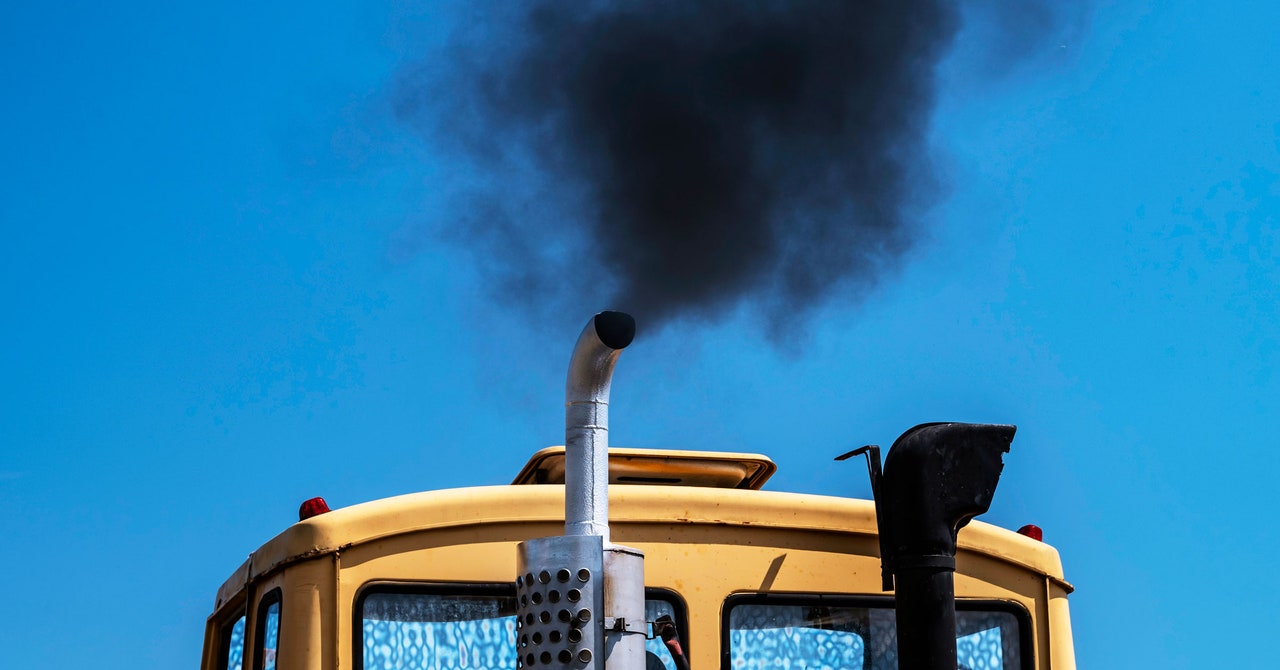
Think of the sky as a big bowl of blue soup. Its ingredients include oxygen, nitrogen, and carbon dioxide, which scientists can precisely measure. But ever since the Industrial Revolution, humans have been adding heaps of extra CO2 by burning fossil fuels, warming the planet 1.2 degrees Celsius so far and complicating those calculations.
While it’s easy enough to know how much total CO2 is in that atmospheric soup, it’s difficult to parse how much humanity is adding at any given time. That’s because Earth’s natural processes also create the gas, and because there are such a multitude of sources for civilization’s own emissions, some of which grow or wane by the hour. It would be like throwing dashes of salt into actual soup and then trying to count precisely how many grains went in after they hit the liquid.
What atmospheric scientists can do, though, is make an inventory, a “bottom-up” effort to exhaustively count skybound CO2 as it’s produced on Earth. For example, they can add up how much gasoline is being burned and how many fossil fuel power plants are running at a given time, to calculate how much carbon is being exhaled into the atmosphere. While quite accurate, all that inventorying takes time, largely because some data is slow to trickle in. And timeliness matters when taking action on climate change, because we need to identify sources of CO2 and eliminate them as quickly as possible, for instance by replacing coal with renewables, gasoline cars with electric vehicles, and gas furnaces with heat pumps.
You might be wondering why researchers can’t take a more “top-down” approach, training satellites on spots on the planet and measuring the CO2 coming off them. It’s been tried on certain parts of the globe, for example when a NASA satellite took readings over the Los Angeles basin. But there are a few issues: Air mixes, and it’s hard to pinpoint exactly where emissions came from. Another is that it can be hard to pick out humanity’s emissions from the CO2 created by Earth’s natural carbon cycle. When plants photosynthesize, they suck in carbon and lock it in their tissues, and in turn expel oxygen. When they die and rot, that carbon is emitted again.
But now the Covid-19 pandemic has, oddly enough, helped give scientists a better top-down tool for estimating minute changes in fossil fuel emissions. A team of researchers used the UK’s coastal Weybourne Atmospheric Observatory to test air for carbon dioxide and oxygen separately, then summed the measurements together. Then they used a trick called atmospheric potential oxygen, or APO, which calculates the imbalance between oxygen and CO2 from fossil fuel emissions.
The key to separating natural and human-caused emissions is the ratio between CO2 and oxygen. Plants process both in a one-to-one ratio: They absorb the same amount of carbon dioxide as the oxygen they expel, so the totals cancel each other out. Burning fossil fuels, on the other hand, consumes more oxygen than it produces CO2.


